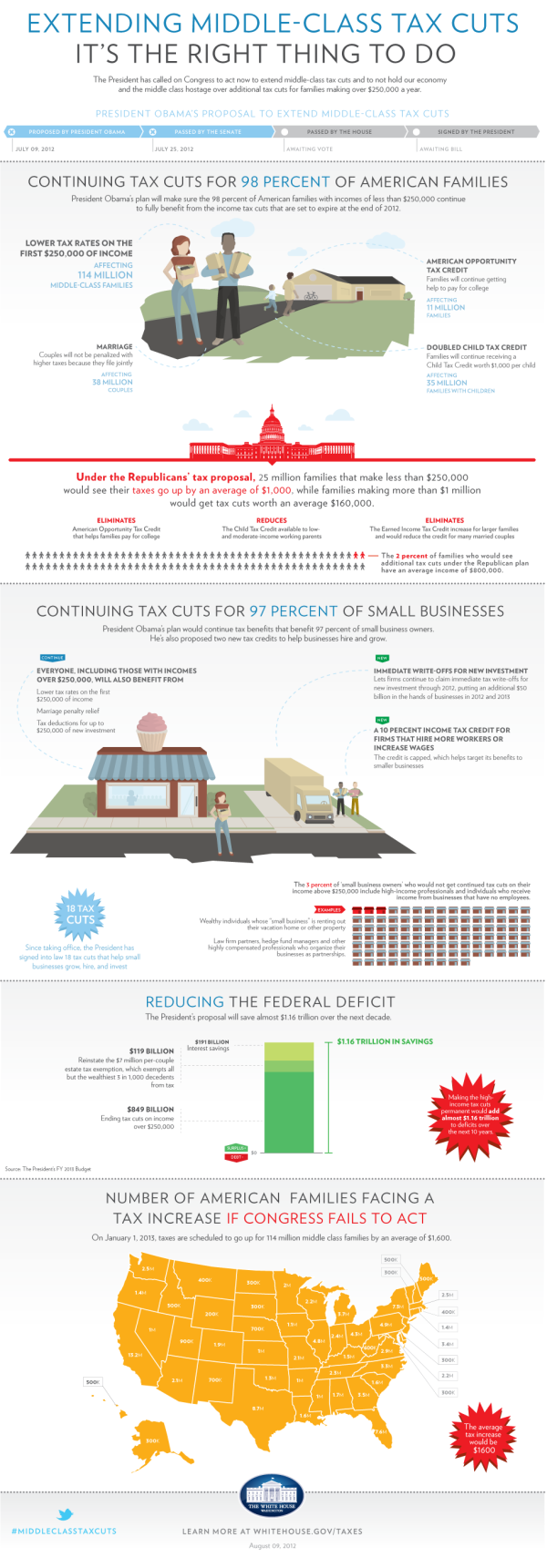The Obama Energy Agenda: Gas Prices 2013
The White House has released a new infographic in April 2013, The Obama Energy Agenda, Gas Prices. We have seen the White release a number of infographics as a communication tool, and they have consistently been getting better.
Gas Prices
Explore the infographic to learn about President Obama’s all-of-the-above energy strategy.
The prior Energy Agenda infographic I reviewed was in April of 2011, and it was a rough, early attempt at an infographic design for online publication. This design is significantly better, and has a number of good points to highlight that all designers can learn from.
First, the data visualizations are well done with the chart axes clearly labeld and units of measure clearly shown. The color scheme is simple and easy to understand, but some of the small, gray text is hard to read on the white background.
Second, the big issue with the prior designs was the lack of sources for the data. This design does a good job of citing the source of data for each visualization (chart). For an administration that is attempting to increase transparency, the sources are still very vague. I would like to see URL links to the actual reports or data sets referenced to make it easy for readers to check out the data on their own. Instead, most of the sources are listed as just “EIA” which is the U.S. Energy Information Administration. Certainly a step in the right direction, but could have much done better.
Third, there isn’t an obvious, clear Key Message. Most readers only look at an infographic for less than 5 seconds, and it’s the designer’s responsibility to communicate the key message in that short time. The rest of the information should tell a good story, and support the Key Message, but isn’t required reading. There’s a lot of data shown in this design. Probably too much data. It’s hard for readers to understand the flow of information because there is both top-to-bottom sequence of sections and side-by-side charts.
The area chart in the center of the design draws the reader’s attention because it is so large in relation to the rest of the charts. This visually implies that it is the most important data in the whole design, but I’m not sure that was the intent.
After reading through the whole design, I believe that the Key Message is “The Obama Administration has supported increased domestic drilling for oil, but that hasn’t lowered gas prices at the pump. We need to do more.” An infographic design should make this message very clear and easy to understand without having to read through the entire design.
What do you think?
 White House,
White House,  design,
design,  energy,
energy,  government,
government,  oil,
oil,  presidential
presidential 












